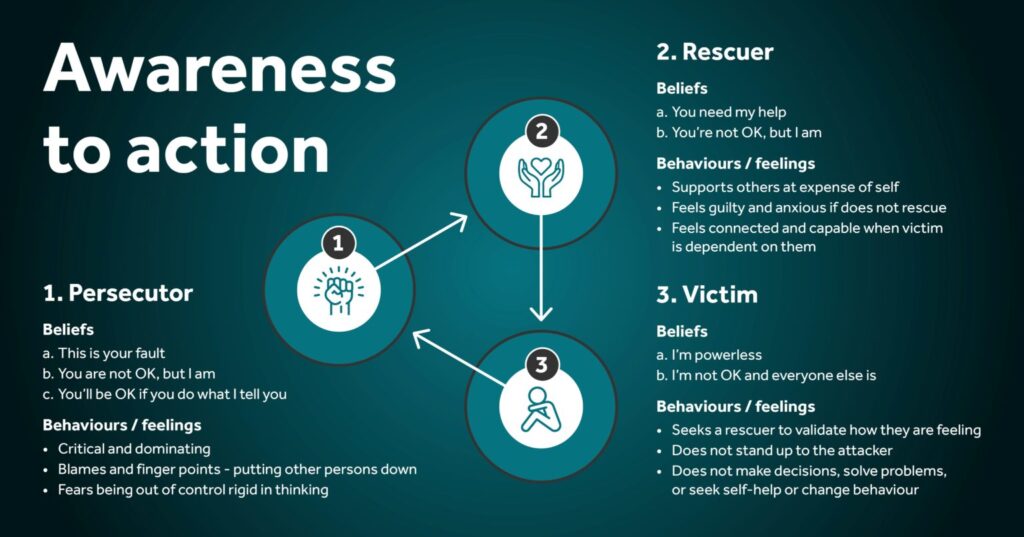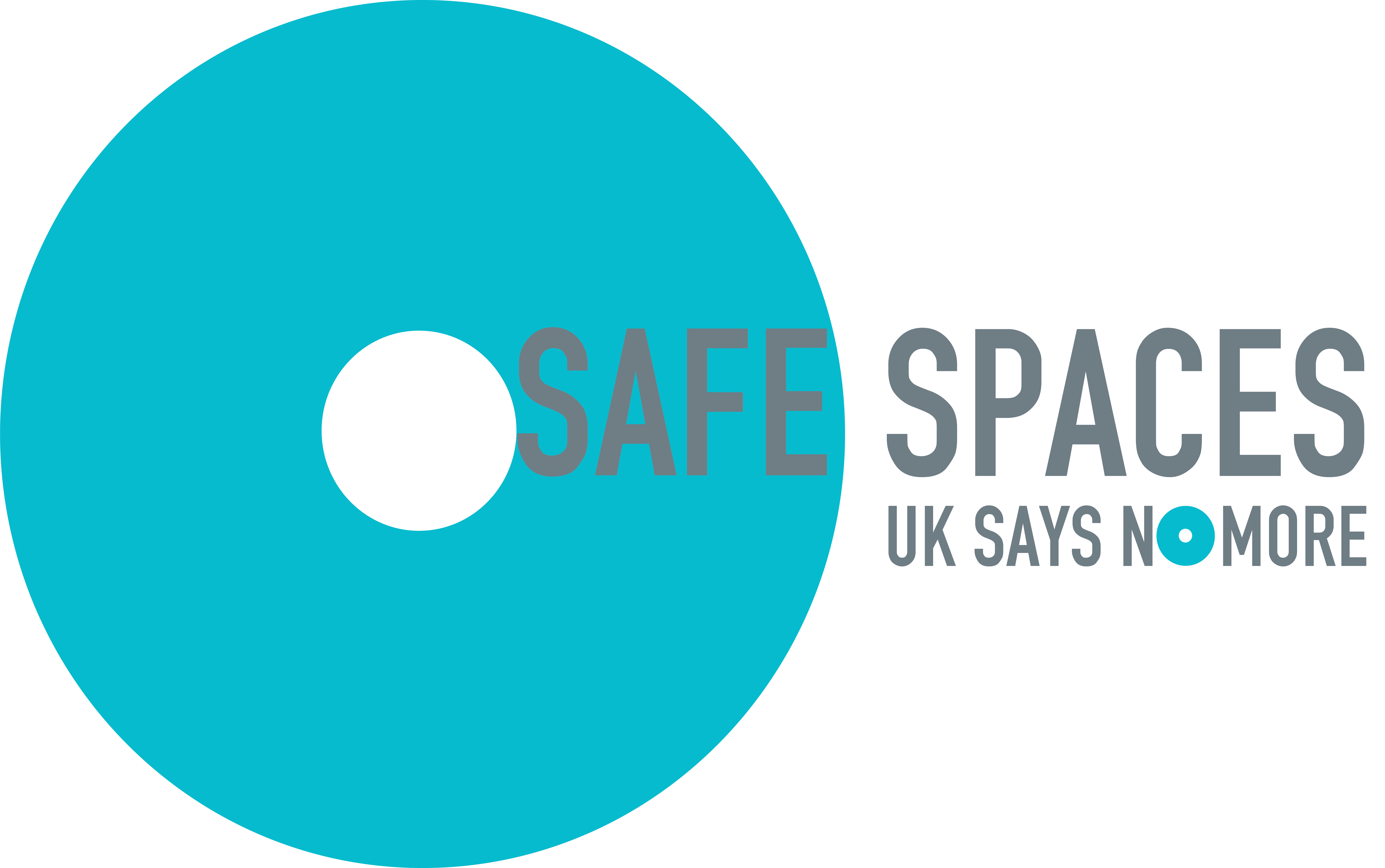Find Us
The Clear Company
The Base
20 Dallam Lane
Warrington
Cheshire
WA2 7NG
I re-visited the drama triangle this week when developing content for Equality, Diversity, and Inclusion colleagues to help with how to influence a more inclusive world of work. It got me thinking of so many work scenarios that this could help us with.

What is the drama triangle?
The Drama Triangle, a practical interpretation of transactional analysis developed by Stephen Karpman, that demonstrates how we can be less than amazing versions of ourselves. When this happens, Karpman says, we’re bouncing around between three archetypal roles — Victim, Persecutor, and Rescuer — each one as unhelpful and dysfunctional as the other.
We are likely to have all been in each of these roles at some point in time and to think of people we are working with now who display these behaviours. I admit I see myself falling into the rescuer role.
What action can we take?
Let’s try these actions, experiment, and help create happier work for us all.
About the author-
Sarah Ramsden, Head Of Equity, Diversity and Inclusion Content, The Clear Company
Sarah holds 20+ years HR experience at a strategic level working with boards and senior executive teams in the UK’s leading global STEM companies. Specialising in Leadership Development, Sarah has proven results in improving Inclusive Leadership Capability, Inclusive Culture Behavioural Change, Employee Engagement and Diverse Senior Leadership.
The Clear Company
The Base
20 Dallam Lane
Warrington
Cheshire
WA2 7NG
| Cookie | Duration | Description |
|---|---|---|
| cookielawinfo-checkbox-analytics | 11 months | This cookie is set by GDPR Cookie Consent plugin. The cookie is used to store the user consent for the cookies in the category "Analytics". |
| cookielawinfo-checkbox-functional | 11 months | The cookie is set by GDPR cookie consent to record the user consent for the cookies in the category "Functional". |
| cookielawinfo-checkbox-necessary | 11 months | This cookie is set by GDPR Cookie Consent plugin. The cookies is used to store the user consent for the cookies in the category "Necessary". |
| cookielawinfo-checkbox-others | 11 months | This cookie is set by GDPR Cookie Consent plugin. The cookie is used to store the user consent for the cookies in the category "Other. |
| cookielawinfo-checkbox-performance | 11 months | This cookie is set by GDPR Cookie Consent plugin. The cookie is used to store the user consent for the cookies in the category "Performance". |
| viewed_cookie_policy | 11 months | The cookie is set by the GDPR Cookie Consent plugin and is used to store whether or not user has consented to the use of cookies. It does not store any personal data. |

Dial ‘999’ for immediate assistance. If you are unable to speak or answer questions while on a 999 call, stay on the line, and when prompted, press 55 and your call will be transferred to the police. The local police number is 101 for non-emergencies.
*The ’55’ option will only work with 999.
Am I at Risk?
‘How do I know if I am suffering domestic abuse?’ This short survey will help you identify if the behaviours you are experiencing are domestic abuse.
If you are experiencing domestic abuse, you are not alone. Local support and help is easy to access through this search function. Click here
Local Support Services
If you are experiencing domestic abuse, you are not alone. Local support and help is easy to access through this search function. Click here
Contact National Helplines
National domestic abuse support services can offer you guidance here.
Useful Links
Access a range of other services that can support you. Click here